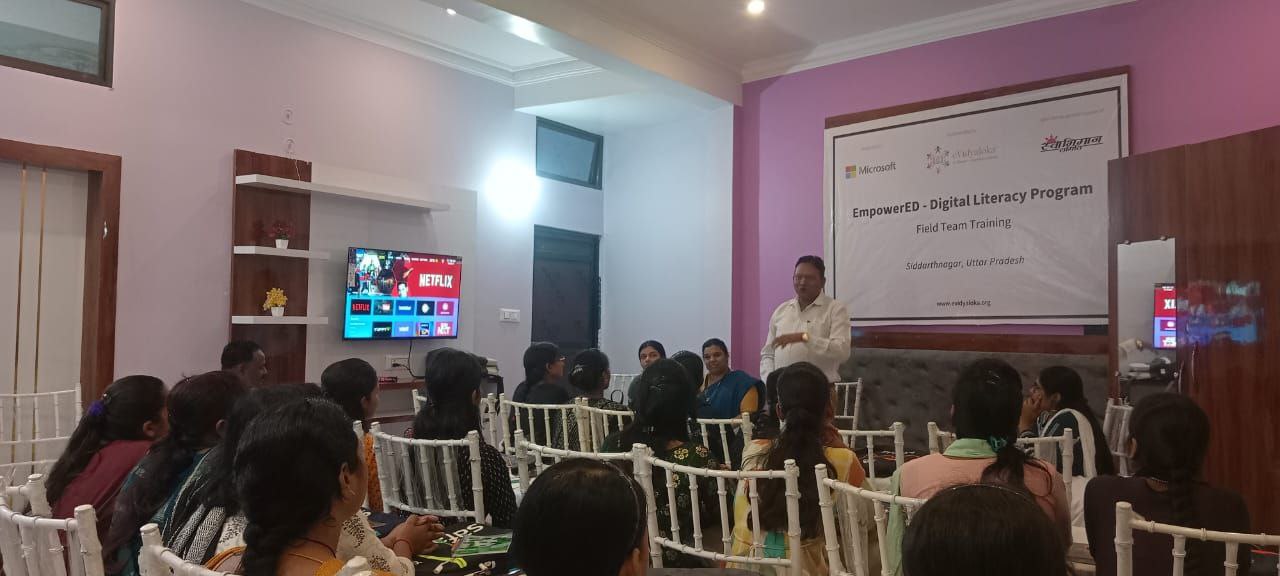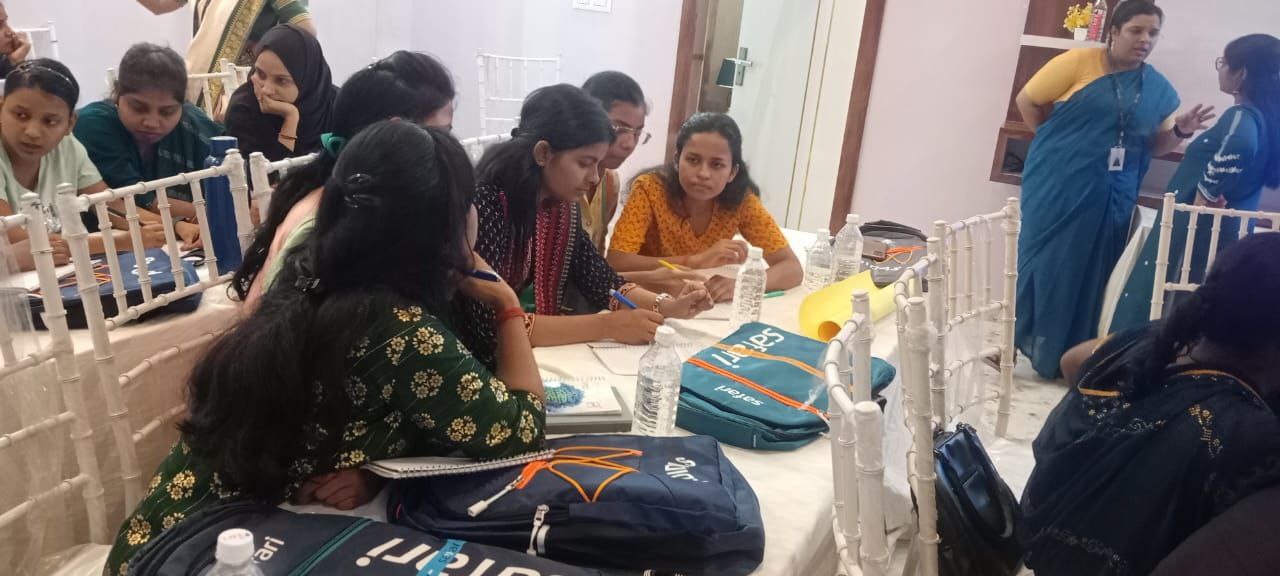Community Health Program – 2012
The Community Health Program undertaken by Swabhiman Samiti in 2012 aimed to combat Acute Encephalitis Syndrome (AES), which includes various forms of brain fever, in rural areas. The initiative focused on awareness creation, immunization, and community-driven sanitation efforts to reduce the incidence of the disease and improve overall public health in the region.
- Objective of the Program:
The key objectives of the program were:
- To raise awareness about AES, including Japanese Encephalitis, and its prevention.
- To promote immunization among children to protect them from the deadly disease.
- To encourage community participation in maintaining a clean and healthy environment to prevent waterborne diseases and vector-borne infections.
- Key Activities Conducted:
The program leveraged existing community structures such as 25 Farmers’ Groups and 12 Self-Help Groups (SHGs) to drive collective action. The following activities were carried out:
- Street Plays:
- 12 street plays were organized in focus villages to educate the community about Encephalitis, its symptoms, preventive measures, and the importance of early treatment. The plays were interactive and designed to engage and inform a wide audience.
- Wall Writing Campaigns:
- Wall writing drives were conducted across all focus villages to deliver clear and impactful messages on Encephalitis prevention, immunization, and related developmental issues.
- Recorded Announcements:
- Awareness songs and recorded announcements were played in all focus villages to spread knowledge about Japanese Encephalitis and routine immunization, emphasizing the importance of prevention and timely vaccination.
- Immunization Drives:
- 457 children were immunized against Japanese Encephalitis and received routine vaccinations during an intensive immunization drive conducted by the government in November–December 2011. This drive was facilitated and supported by the community health program.
- Cleaning Drives and Shramdaan:
- Regular cleaning drives were conducted every fortnight, supported by community members. These efforts were aimed at keeping villages disease-free by removing waterlogging and reducing mosquito breeding sites.
- Shramdaan (voluntary labor): Community members actively participated in cleaning activities, contributing their time and efforts to improve village hygiene.
- Kerosene Oil Sprinkling: Kerosene oil was sprinkled on waterlogged areas to control mosquito breeding and prevent the spread of diseases.



- Impact of the Program:
The program achieved several positive outcomes:
- Increased Awareness: Awareness campaigns, street plays, and announcements helped educate the community about the causes, symptoms, and prevention of AES and other diseases.
- Improved Immunization Rates: Through the program’s efforts, 457 children were vaccinated against Japanese Encephalitis, contributing to improved child health and disease prevention.
- Healthier Habits: The regular cleaning drives instilled a habit of maintaining village hygiene, significantly reducing the risk of vector-borne diseases like Encephalitis.
- Community Participation: Active participation through Shramdaan and other activities fostered a sense of collective responsibility for public health among community members.
- Sustainability Efforts:
- The community’s initiative to organize fortnightly cleaning drives demonstrated the program’s success in creating a self-sustaining model for hygiene and disease prevention.
- Collaboration with existing groups like Farmers’ Groups and Self-Help Groups ensured a structured and organized approach to health and sanitation.
- Conclusion:
The Community Health Program effectively addressed the challenges posed by Acute Encephalitis Syndrome through a combination of awareness campaigns, immunization drives, and community-led sanitation efforts. By fostering community ownership and leveraging existing social groups, the program ensured sustainable health outcomes and reduced the incidence of disease in focus villages.
Swabhiman Samiti remains committed to enhancing public health through collaborative and community-driven initiatives, setting a benchmark for participatory health programs in rural areas.






